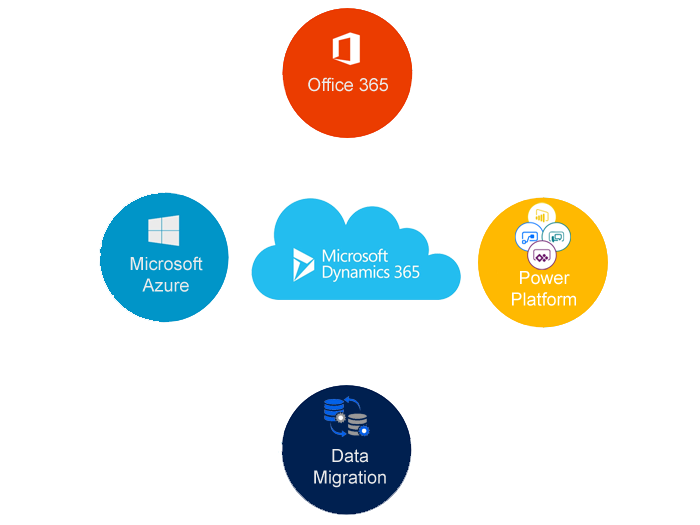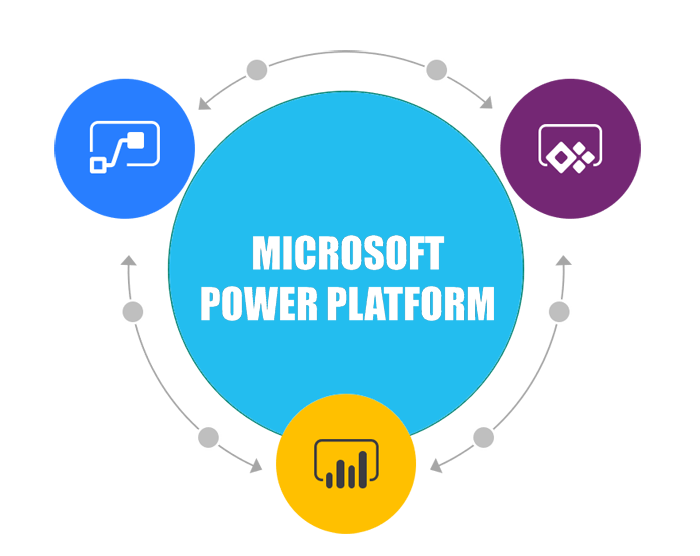Hello Everyone,
Today i will show improved UX on sharing records in Model Driven Apps.
Lets gets started.
Suppose you want to share a record you own to specific people in a email link.
Now with Improved UX fron Microsoft, thanks to Microsoft for making easy sharing feature for the users.
So open your model driven app and share the lead with your colleague.
Click on the share button and then click on the Email link icon.
If you want to share with Specific people then click on the “People with existing access”
Then click on the specific people and click apply.
Search for the people you want to share and click send.
Note: the user who is being shared record to will only get read access based on the previleges they have on the table.
Also if you want to revoke access then click on share and “manage access” and remove access.
I hope this helps,
Malla Reddy(@UK365GUY)
#365BlogPostsin365Days

















